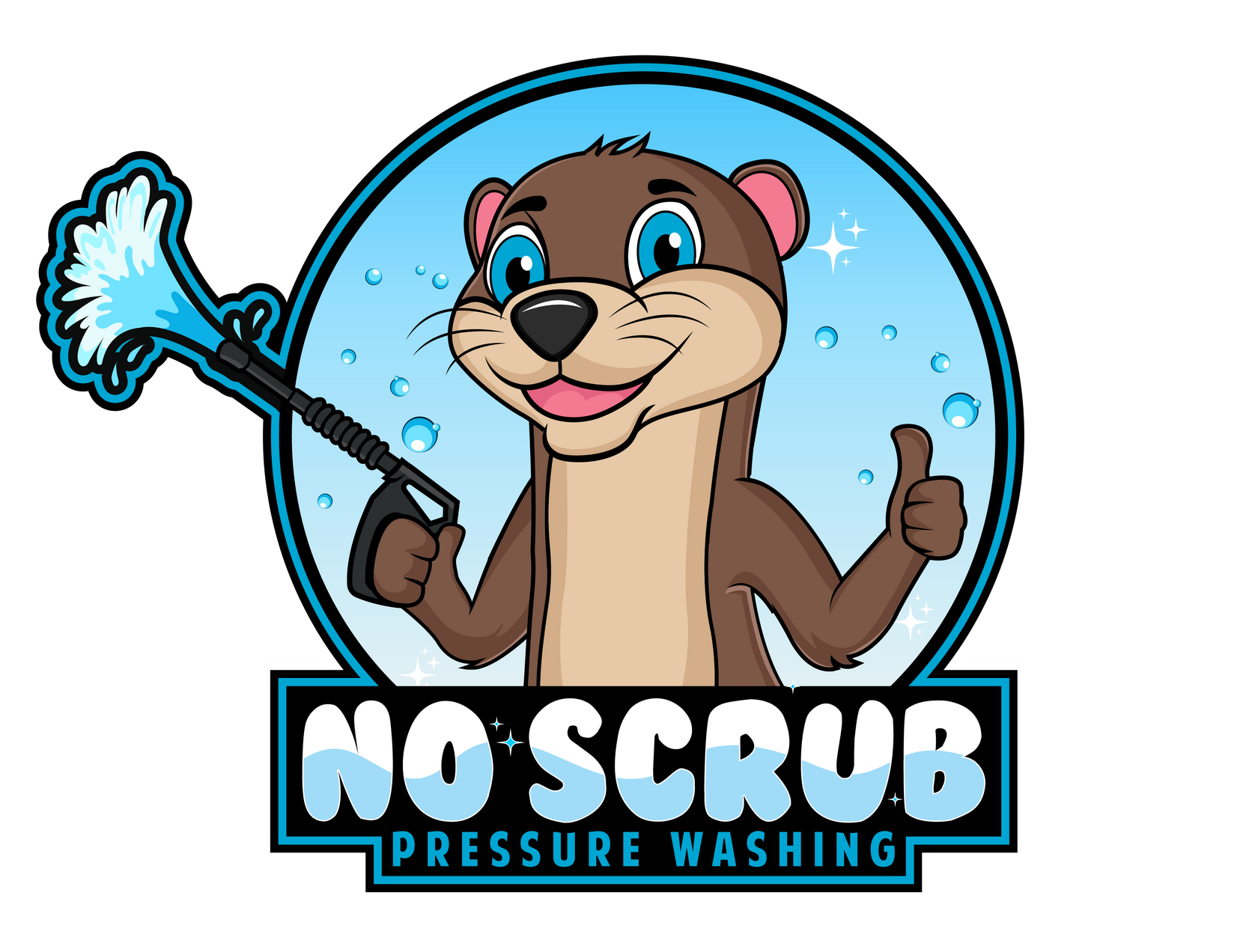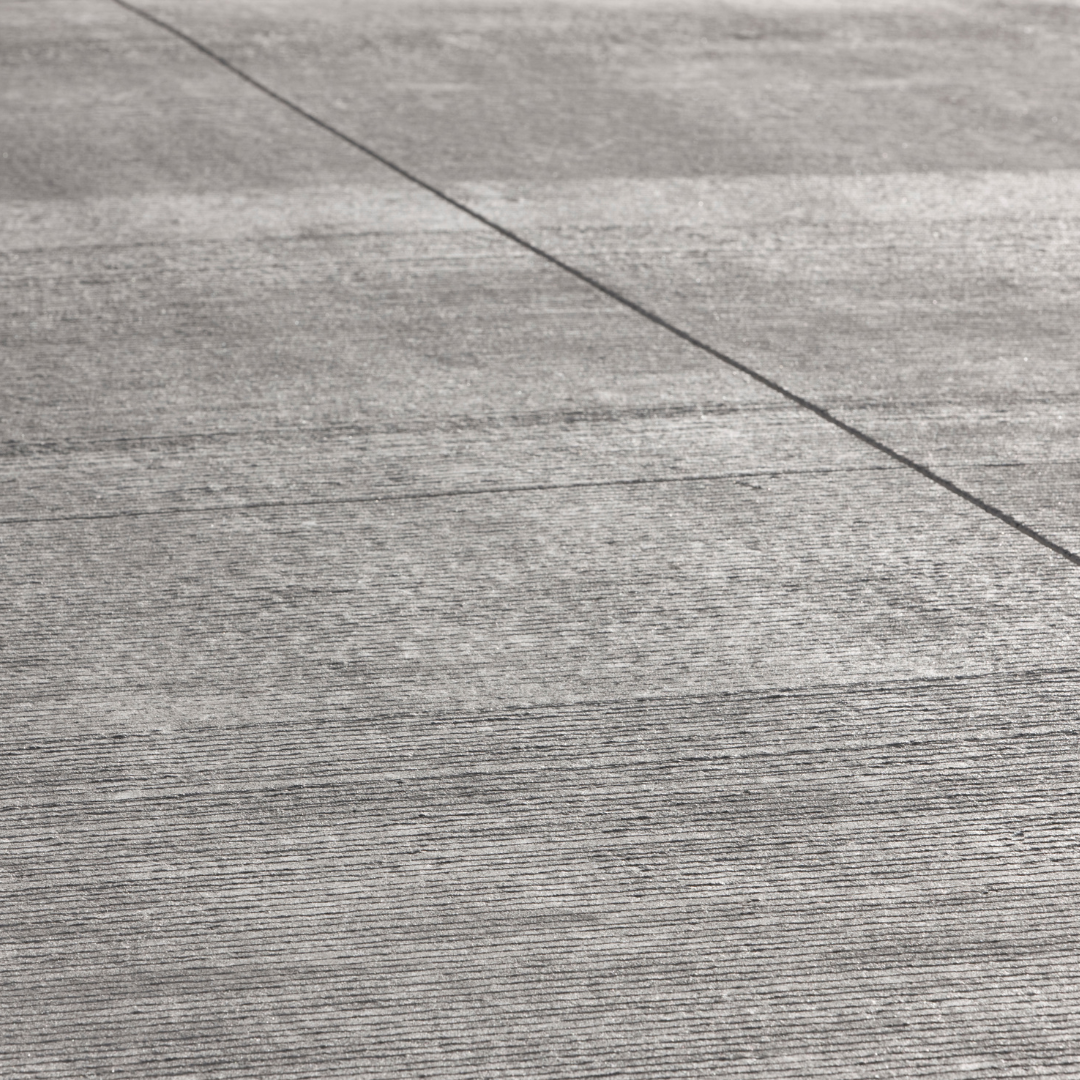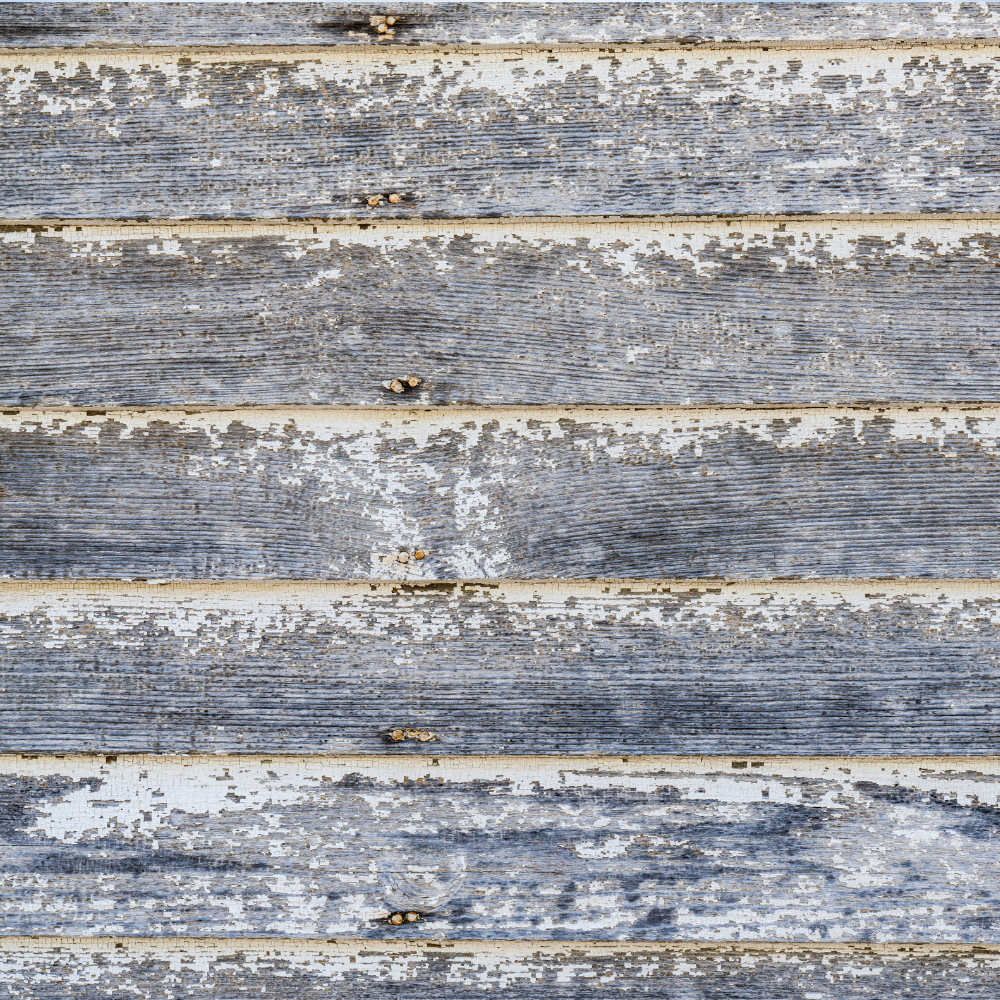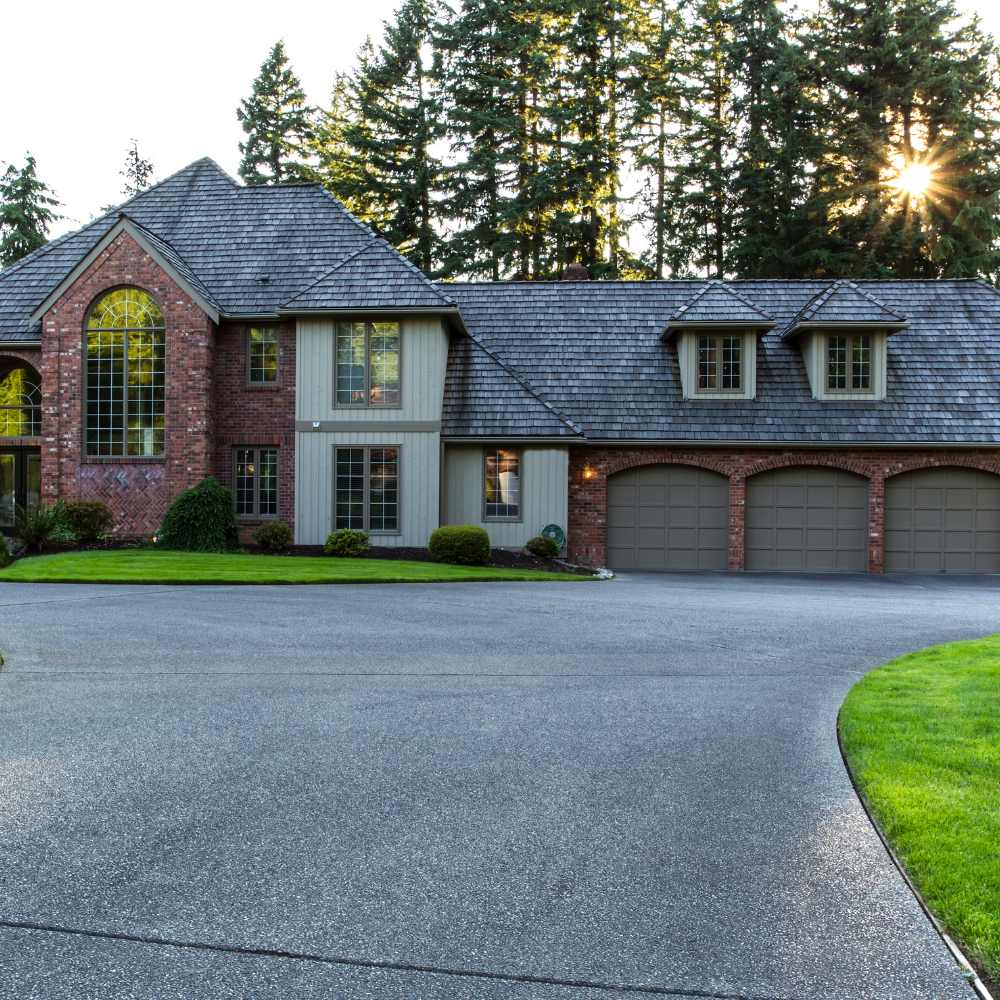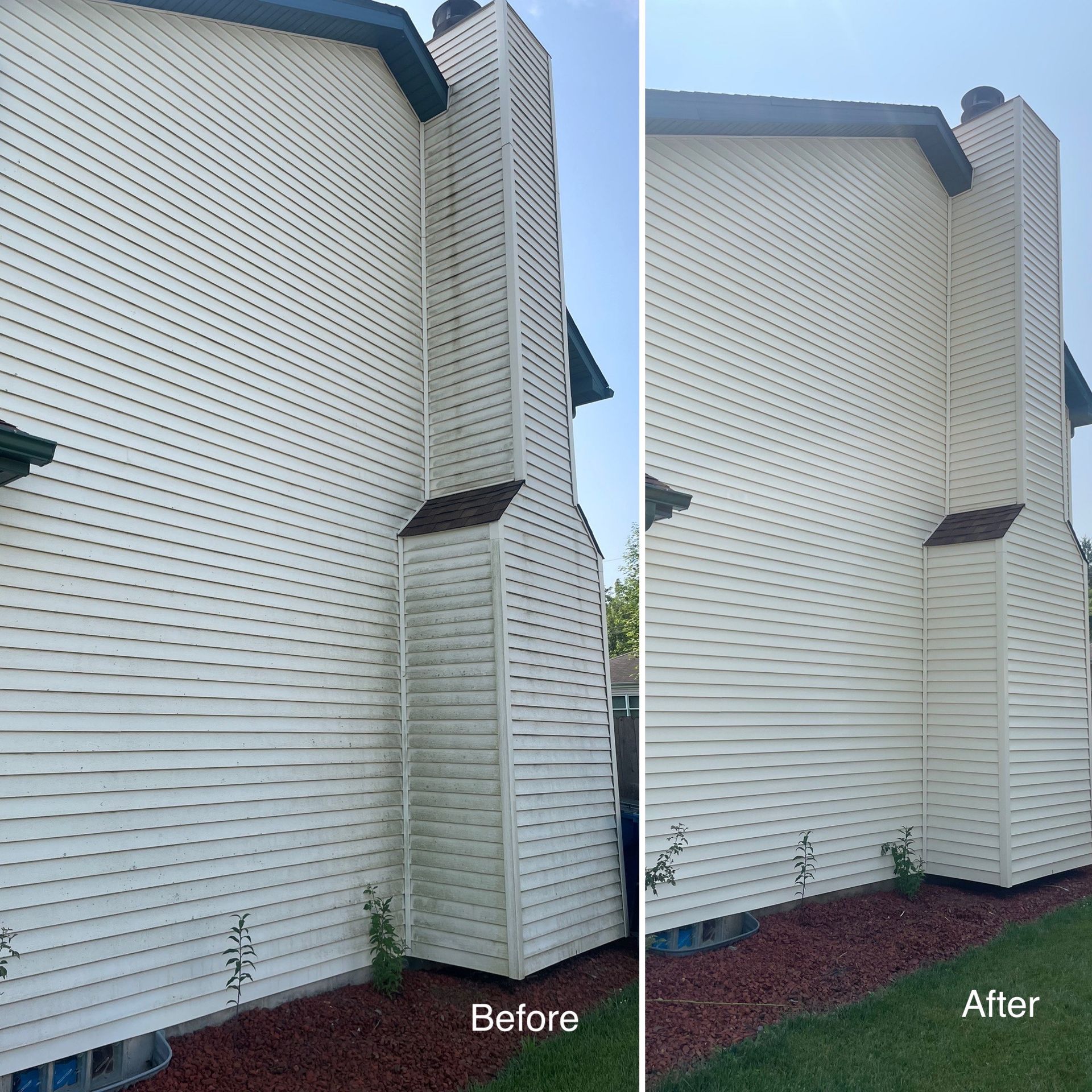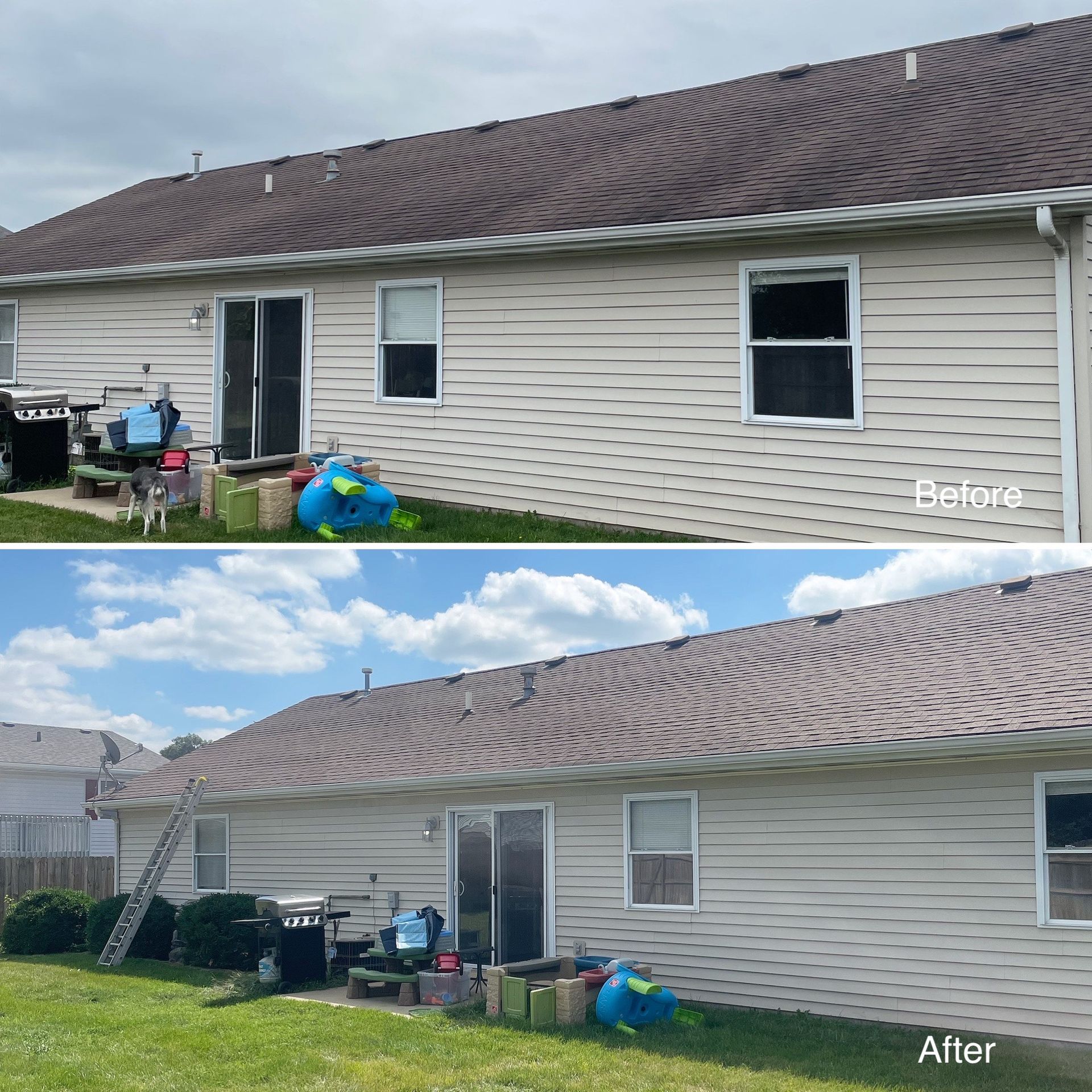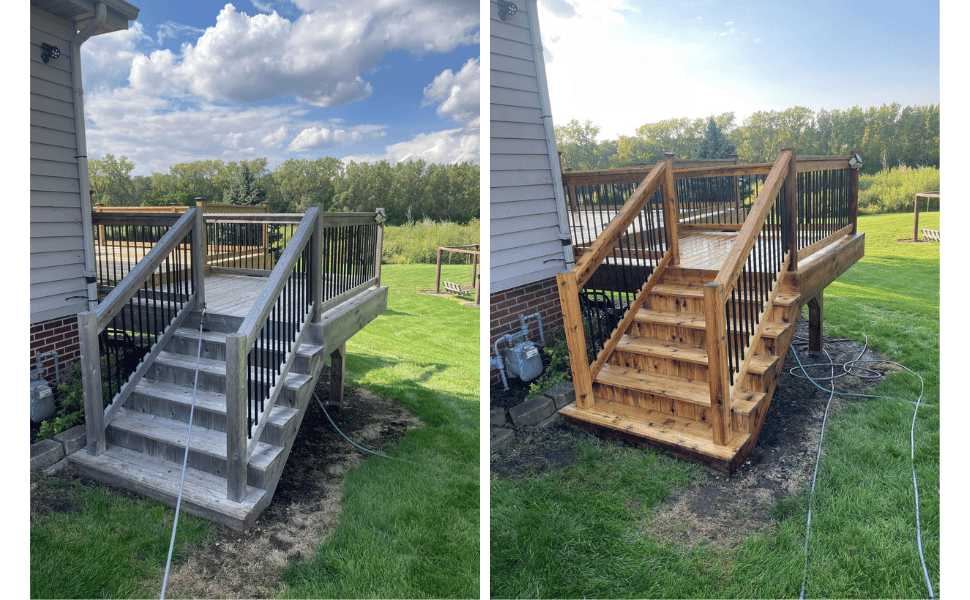A Siding Wash 101: The Ultimate Guide to Maintaining Your Home’s Exterior
This is a subtitle for your new post
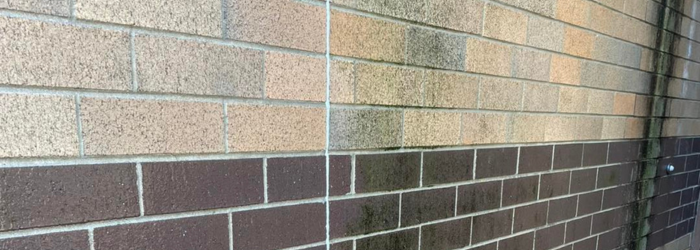
Why a Siding Wash is Essential for Your Home
Your home’s siding is more than just an aesthetic feature—it’s a protective shield against rain, wind, and UV rays. Over time, dirt, algae, and mildew can dull its appearance and cause structural damage. Performing a siding wash is a simple yet powerful way to restore your home’s curb appeal, prevent costly repairs, and extend the life of your exterior. This comprehensive guide covers everything you need to know about a siding wash, from choosing the right tools to deciding between DIY and professional services. Whether you’re a homeowner tackling a weekend project or seeking expert help, this article provides actionable advice to keep your home’s exterior sparkling clean.
What is a Siding Wash, and Why Does it Matter?
A siding wash involves cleaning your home’s exterior surfaces—such as vinyl, aluminum, wood, or brick—to remove dirt, mold, mildew, and other contaminants. Regular cleaning not only enhances your home’s appearance but also protects its structural integrity. According to the National Association of Realtors, homes with strong curb appeal can sell up to 7% faster and at higher prices, making a siding wash a smart investment.
Benefits of a Regular Siding Wash
- Prevents Damage:
Mold and mildew can erode materials like wood or vinyl, leading to costly repairs.
- Boosts Curb Appeal: A clean exterior signals a well-maintained home, impressing guests and potential buyers.
- Extends Siding Lifespan:
Routine cleaning can add years to your siding’s durability.
- Supports Eco-Friendly Practices: Modern cleaning solutions minimize environmental harm.
Check out our article "Does Pressure Washing Increase Property Value?" for a deeper dive.
Understanding Siding Types and Their Cleaning Needs
Different siding materials require tailored approaches to ensure a safe and effective siding wash. Knowing your siding type helps you choose the right tools and techniques.
1. Vinyl Siding
Vinyl is durable and low-maintenance but prone to algae and dirt buildup, especially in humid climates. A siding wash with a soft-bristle brush and mild detergent prevents damage to its surface.
2. Aluminum Siding
Aluminum resists corrosion but can develop chalky oxidation over time. A gentle siding wash using a vinegar-based solution restores its shine without scratching.
3. Wood Siding
Wood is beautiful but delicate, requiring a careful siding wash to avoid water damage. Low-pressure washing and wood-safe cleaners prevent warping or discoloration.
4. Brick and Stucco
These sturdy materials can withstand stronger cleaning solutions but may need specialized treatments for stains like moss or efflorescence, a powdery residue caused by mineral deposits.
For detailed material-specific tips, visit This Old House.
Tools and Supplies for a Successful Siding Wash
Before starting a siding wash, gather these essentials for a safe and efficient process:
- Pressure Washer (Optional): Use a low-pressure setting (1,500–2,000 PSI) to avoid damaging siding.
- Soft-Bristle Brush: Ideal for scrubbing delicate surfaces like vinyl or wood.
- Garden Hose:
Perfect for rinsing off cleaning solutions.
- Cleaning Solution: Opt for biodegradable, siding-safe cleaners like Simple Green or Krud Kutter.
- Bucket and Sponge:
Useful for manual cleaning of small or detailed areas.
- Ladder:
Choose a stable ladder for reaching high spots safely.
- Protective Gear: Wear gloves, goggles, and a mask to protect against chemicals and debris.
Pro Tip: Always test your cleaning solution on a small, inconspicuous area to ensure it won’t harm your siding.
Step-by-Step Guide to Performing a Siding Wash
Follow these steps to achieve a professional-quality siding wash at home:
Step 1: Prepare the Area
- Remove outdoor furniture, decorations, and debris from around your home.
- Cover plants with tarps to shield them from cleaning solutions.
- Close all windows and doors to prevent water or chemicals from entering.
Step 2: Choose the Right Cleaning Solution
Select an eco-friendly cleaner for a sustainable siding wash. For light stains, mix 1 part vinegar with 4 parts water. For tougher grime, use a commercial cleaner designed for your siding type.
Step 3: Apply the Cleaning Solution
- Manual Method: Dip a soft-bristle brush into the solution and scrub small sections, working from bottom to top to avoid streaking.
- Pressure Washer Method: Use a low-pressure nozzle to apply the solution in the same direction, ensuring even coverage.
Step 4: Rinse Thoroughly
Rinse with a garden hose or low-pressure washer, starting from the top and working downward to remove all residue.
Step 5: Inspect and Address Stubborn Stains
Check for missed spots or persistent mold. For tough stains, apply a specialized cleaner or consider professional help.
Why Choose a Professional Siding Wash?
While a DIY siding wash can save money, hiring a professional offers unique benefits, especially for challenging or high-risk jobs. Here’s why a professional siding wash might be the best choice:
- Expert Knowledge: Professionals are trained to handle various siding materials, using the correct techniques to avoid damage. For instance, they know the precise pressure settings for vinyl versus brick.
- Specialized Equipment: Pros use commercial-grade tools, like adjustable pressure washers and eco-friendly cleaners, for superior results.
- Enhanced Safety: Cleaning multi-story homes or steep roofs can be risky. Professionals have the training, harnesses, and ladders to work safely at heights.
- Time Savings:
A professional siding wash can clean a two-story home in a few hours, freeing you for other tasks.
- Guaranteed Results: Reputable services often offer satisfaction guarantees, ensuring a flawless finish.
- Preventative Care: Professionals can identify early signs of damage, like cracks or mold, saving you from expensive repairs later.
When to Hire a Pro:
- Multi-story homes or difficult-to-reach areas.
- Severe stains, mold, or structural damage.
- Lack of time, experience, or proper equipment.
Request A Quote from a trusted Lake County Pro.
Discover More: "Is it possible to damage a house exterior through power washing, and what's the best way to avoid that?"
Eco-Friendly Options for a Siding Wash
Sustainability is a priority for many homeowners. Eco-friendly siding wash methods reduce environmental impact while keeping your home clean. Consider these green solutions:
- Vinegar and Water: A natural mix for tackling light stains and algae.
- Baking Soda Paste:
Effective for spot-cleaning stubborn marks without harsh chemicals.
- Biodegradable Cleaners:
Brands like Simple Green and Krud Kutter are safe for plants, pets, and waterways.
- Low-Pressure Washing: Uses less water than high-pressure methods, conserving resources.
Learn more about sustainable cleaning at EPA’s Safer Choice Program.
Common Mistakes to Avoid During a Siding Wash
Even experienced DIYers can make errors that harm their siding. Avoid these pitfalls:
- Using Excessive Pressure:
High-pressure washing can crack vinyl or strip paint from wood.
- Skipping Protective Gear:
Chemicals and debris pose risks without gloves, goggles, or masks.
- Ignoring Manufacturer Guidelines:
Check your siding’s warranty for specific cleaning recommendations.
- Cleaning in Direct Sunlight: Heat can cause solutions to dry too quickly, leaving streaks.
Maintenance Tips to Keep Your Siding Clean Year-Round
Preventative care reduces the need for frequent siding washes. Adopt these habits:
- Inspect Regularly: Check for mold, mildew, or cracks every 6 months.
- Trim Vegetation:
Keep branches and leaves away to prevent moisture buildup.
- Clean Gutters: Prevent water spillover that causes siding stains.
- Schedule Annual Washes: A yearly siding wash keeps your exterior in top shape.
Check out our other article "The Best Time to Pressure Wash Your Property in Northwest Indiana | Seasonal Guide".
Final Thoughts: Transform Your Home with a Siding Wash
A regular siding wash is essential for maintaining your home’s beauty, value, and durability. Whether you opt for a DIY approach or hire a professional, this guide provides the tools, techniques, and insights to achieve a spotless exterior. Eco-friendly solutions and preventative maintenance make the process sustainable and cost-effective, while professional services offer expertise and safety for complex jobs. Take the first step toward a vibrant home exterior today!
Share your siding wash tips in the comments or explore our blog for more expert advice!
FAQs About a Siding Wash
How often should I perform a siding wash?
Most homes benefit from a siding wash once a year. In humid climates, consider cleaning every 6 months to prevent algae buildup.
Can I use bleach for a siding wash?
Yes, diluted bleach can remove mold and is safe, but may damage certain materials. Test it on a small area and follow manufacturer guidelines.
Is pressure washing safe for all siding types?
High-pressure washing can harm delicate materials like vinyl or wood. Use low-pressure settings or manual methods for a safe siding wash.
